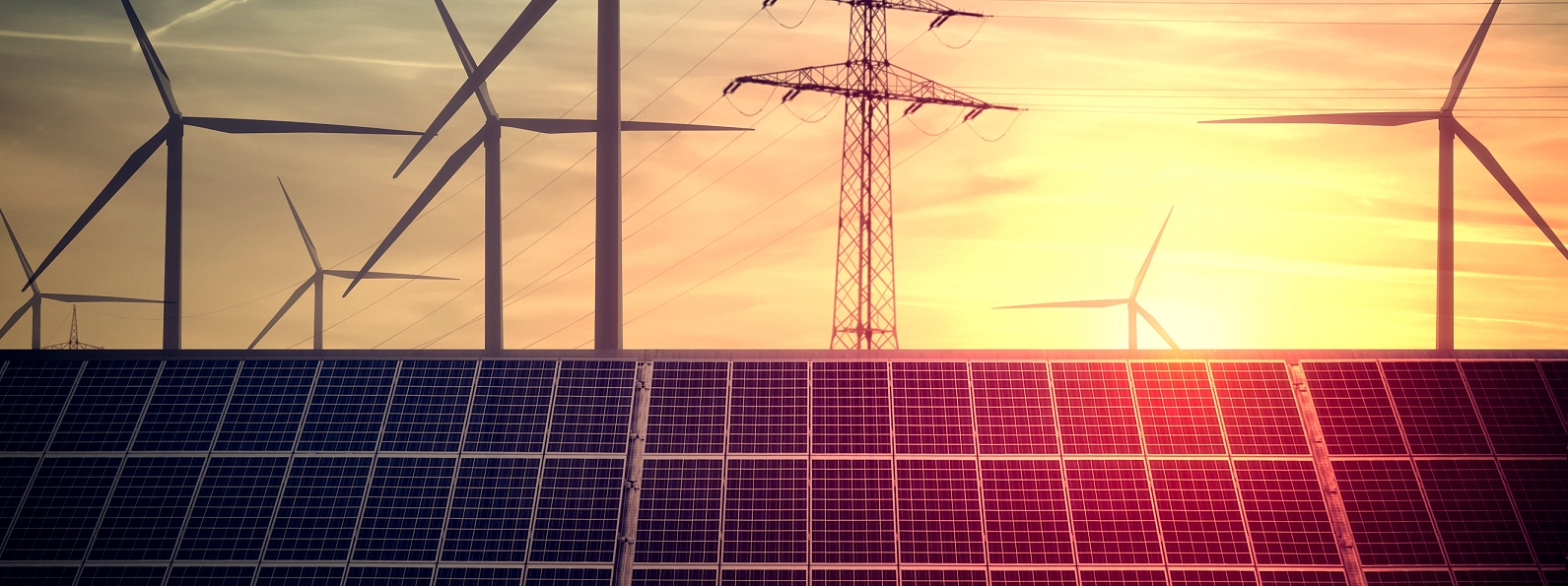We sifted through hundreds of innovations that grabbed attention last year.
In this series of nine posts, we share the most interesting and impactful ideas.
How to make our daily lives greener?
While electric vehicle is getting popular, the lack of charging infrastructure is not going away any time soon. Charging is often a troublesome necessity. A German company, Sono Motors, plans to dramatically reduce the need of charging with their solar-powered car model Sion. The outer surface of Sion, including hood, fenders, sides, roof, and rear, is filled with lightweight solar cells that capture energy on sunny days. It is estimated that a year’s sunlight can drive the car 5800 kilometers. The car has a bidirectional charger which enables charging other cars. With their bidirectional wallbox, the car may also serve as a power source for home.
The purpose
To increase the driving range of electric vehicles
The idea
Cover the whole car with solar panels
In addition to cars, buildings have large surfaces that are exposed to sunlight. Turning those surfaces into an energy source is the purpose of Mitrex, a Canadian company. The company developed photovoltaic systems that can be integrated into building facades. Specifically, Mitrex makes solar panels that look like wood, glass, brick, or other common building materials. The panels can be developed to match different designs or colors, although lighter color panels need to have anti-reflective coating to minimize energy loss. With these solar panels, buildings generate electricity not only in the roof, but also in their vertical surfaces. The efficiency of their solar façade is 22%. In cloudy days, the energy production is less, but it is still better than a regular wall that generates nothing at all.
The purpose
To make solar panels invisible on a building
The idea
Make solar panels that look like brick, glass, and other building materials
Given the major shift towards clean-energy vehicles and the increasing use of energy storage systems, it is expected that the demand for batteries will grow drastically around the world. The supply of batteries, and the metals they use including lithium, will be under stress. Recycling spent batteries is not exactly a new idea but had not gained enough attention until recently. With new methods adopted, factories now can efficiently dissolve and extract important metals from recycled batteries, such as cobalt, lithium, nickel, and copper. China is the world leader in recycling lithium-ion batteries with large scale policies and facilities dedicated to this purpose. CATL, the largest global supplier of lithium-ion battery for EV, is a major battery-recycler in China. Li-Cycle, a Canadian company, and Redwood Materials from US are also growing fast in battery recycling operation.
The purpose
To help supply batteries
The idea
Recycle spent batteries
Hottest Innovations of Last Year
Further Possibilities
1. Make solar-powered drones
These drones might harness the sun’s energy through solar panels or photovoltaic cells installed on their wings or body.
2. Equip a building or car with large foldable solar panels to increase power generation
The benefits might include increased power generation, flexibility in installation, enhanced energy efficiency, and portability.
3. Turn unhabituated areas into solar power plants
By harnessing the abundant solar resource available in unhabitated areas, we might promote sustainable and clean energy generation while minimizing environmental impacts.
4. Build a marketplace for solar energy trading
This marketplace might facilitate the exchange of renewable energy, promote the use of solar power, and enable a decentralized energy system.
5. Work with ESG consultancies to promote clean-energy technologies
These consultancies might provide valuable expertise, facilitate technology assessment and implementation, support financial considerations, enable stakeholder engagement, ensure compliance, foster industry networking, drive education and awareness, and promote continuous improvement.
Questions
1. Where else can we get important metals for batteries?
2. How might we design a policy promoting recycling?
3. What might be all the places to put solar panels?







